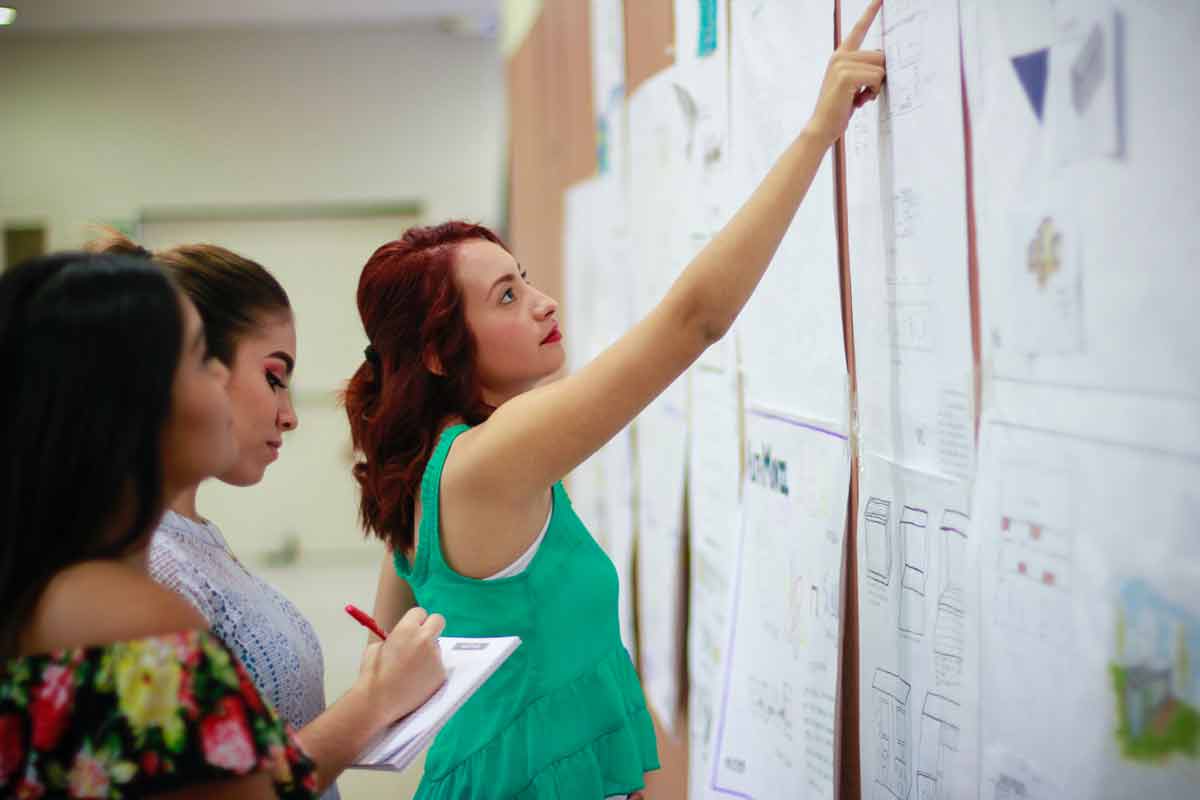
If you’re coming to Australia to study a pathway program (before you enter university), you may be asking yourself: What is the teaching style like in Australia? Is the teaching formal or informal? Lecture style or discussion style? Mainly individual assessments or team projects?
You may find that the way you learned in high school will be different to the way you will be taught in Australia. But don’t worry, the lecturers and the student support team on campus will help you adjust to and settle well into your new learning environment.
Amber Vardon, our Honour Roll student, shares her experience of studying at Adelaide College.
In this blog, we will explain the following aspects of the Australian learning environment:
- The role of the teacher
- Class discussion
- Group learning and team projects
- Critical thinking and
- Variety of experiences

1. The role of the teacher
In Australia, the teacher is more of a guide to your learning rather than a person of discipline and rote learning that you may have experienced. The role of the teacher goes beyond just teaching the curriculum. They also challenge you to think for yourself and help you become a responsible person who can develop new skills and contribute positively to society.
Teachers demonstrate the tasks they want you to learn, invite questions and provide feedback on your performance and assessments to help you improve and grow.
2. Class discussion
During each lesson, the teacher will encourage class discussion by asking questions on the subject you’re learning. You will be expected to participate and give your perspective and opinion. This practice is designed to help you improve your communication skills and build your confidence in speaking in front of people.
You will be encouraged to ask as many questions as you need to. The teacher is happy to clarify any instructions that you are not sure of. Asking questions also shows the teacher that you have been listening and are engaged in class.
The learning environment in Australia is ultimately interactive whereby instead of the teacher speaking in front of the class for the majority of the time, they organise activities that encourage student participation.
3. Group learning and team projects
Group activities are part of the Australian learning environment. Students will be asked to work in small groups during the lesson or get together in a team to work on a project to foster collaboration. You will have the opportunity to learn new ideas from your fellow classmates. Working in groups will help you develop interpersonal and project management skills which are key qualities you will need in your future employment.

4. Critical thinking
In Australia, you are not expected just to memorise everything your teacher says and only accept their perspective. Instead, you are encouraged to critically think about what they are teaching and draw your own conclusions.
What is critical thinking?
Critical thinking is the ability to effectively analyse information and form an argument or opinion. It is a rational and objective approach in processing content to support your findings. For example, good critical thinkers can read a number of books for a project, decide which pieces of information are relevant and then write the main conclusions.
Other examples of critical thinking are preparing a list of pros and cons before making a big purchase, evaluating how you use your time and prioritising tasks and reading feedback from your last assignment to find ways to improve for next time.
When you start working, you will find that employers value employees who can assess a situation and come up with a logical solution or come up with ways to make a work procedure more efficient. These are all skills of critical thinking.
5. Variety of experiences
Traditionally, teachers have relied on PowerPoint slides and textbooks in their lectures to deliver the lesson material. Today, they use a variety of technology and media such as interactive screens, videos, social channels and webinars to communicate the main points. Lectures and assessments can be delivered online and educational apps and software programs introduced.
Teachers may invite guest industry speakers and schedule an excursion to a museum to complement learning. The variety of media not only keeps learning exciting, but also caters to the different learnings of students. Some students prefer to listen, others are more visual leaders while some students learn through practice. This is why teachers often use a ‘diversified approach’ when delivering their lesson.
In Australia, universities also run campus events, social clubs and groups that encourage students to gather, meet and learn together. They want students to feel valued as part of the learning community.
At the University of Adelaide College, we want to make sure you have the right support to make the most of your study experience with us. Our student services team are here to help you adjust to life here and help you with any study or personal challenges.

